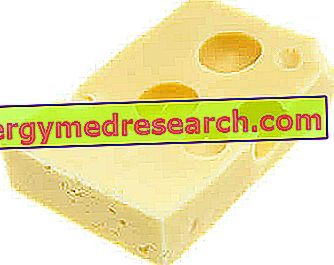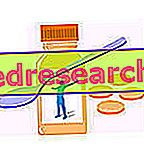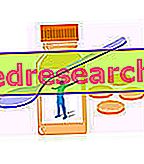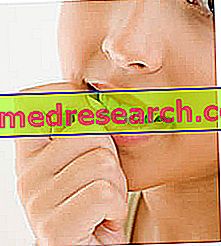Generality
The leerdammer is a Dutch cheese made from pasteurized cow's milk, with a semi-raw paste, with a maturation time of around 3-12 months.

The leerdammer is produced exclusively by the "Groupe Bel" and the name constitutes a trademark of "Bel Leerdammer BV".
It is a typical Dutch cheese from the Schoonrewoerd region, more precisely from the municipality of Leerdam which, as can be easily deduced, helped to define its name. A second production center is located in Dalfsen, in the eastern province of Overijssel.
The leerdammer was developed in 1970 by Cees Boer Kooper, owner of a small dairy in Schoonrewoerd (since 1914), and by Bastiaan Baars, who ran a cheese shop near the aforementioned dairy. The intention of the two was to obtain a food that could compete with the Gouda and the Edam. The leerdammer was launched for the first time in 1977 and was a great success.
The leerdammer is a product defined "without profit", that is to say the sale of which does not determine any profit for the investors but allows its distribution to continue. The profit margin on the current price is around 10%, while it should normally be 25%.
Nutritional Features
The leerdammer is a derivative of rather caloric milk, whose energy is supplied by lipids and proteins, while carbohydrates are absent.
The peptides contained in the leerdammer are of high biological value and the fatty acids are mainly saturated. It does not contain fiber and the cholesterol level should be quite high.
As far as mineral salts are concerned, the leerdammer should be characterized by a considerable amount of calcium, phosphorus and sodium. With regard to vitamins, on the other hand, it is reasonable to think that the levels of riboflavin (vit. B2), cobalamin (vit. B12, thanks to the propionic fermentation of the bacteria) and retinol equivalents (provit. A) are distinguished above all.
| Nutritional composition of the Lerdammer | ||||||||||||||||||||||||||||||||||||||||||||||||||||||||||||||||||||||||||||||||||||||||||||||||||
 | ||||||||||||||||||||||||||||||||||||||||||||||||||||||||||||||||||||||||||||||||||||||||||||||||||
Nutritional values (per 100 g of edible portion)
| ||||||||||||||||||||||||||||||||||||||||||||||||||||||||||||||||||||||||||||||||||||||||||||||||||
The leerdammer is a food that probably contains some traces of lactose. This detail, omitted in the nutritional table, is useless for normal subjects and is not significant for those suffering from poor tolerance to disaccharide; on the other hand, in the most severe forms it is completely inadvisable. It does not contain gluten and can be included in the diet against celiac disease.
As a derivative of milk, it is a food unsuitable for vegan food; nevertheless, providing for the use of vegetable rennet, it lends itself to the ovo vegetarian diet.
The high caloric density and an equally important lipid fraction (about 45% on the dry matter) make the leerdammer a food not advisable in case of overweight. In fact, most of the cheeses (especially the seasoned ones) rarely allow to respect the caloric and lipid limit of a slimming diet. Suffice it to say that, in the context of a Mediterranean diet (fat at 25-30% of total calories), 100g of this cheese would bring:
- 50% of the fat needed in an energy regime of 1700-2000kcal
- Up to 100% of the fat needed in an energy regime of 850-1000kcal.
It must also be kept in mind that the chemical nature of the fatty acids contained in the leerdammer is above all saturated and therefore negatively affect cholesterolemia (increasing bad LDL cholesterol). Furthermore, the concentration of cholesterol itself within the food is presumably quite high. For both reasons, the leerdammer should be avoided in case of hypercholesterolemia.
The hypothetical calcium content is nothing short of satisfying and can contribute to reaching the most significant recommended levels, namely those for growing subjects, menopausal women, pregnant women and nursing mothers
On the other hand, the presumed sodium concentration should preclude its use in the diet against high blood pressure, a disease to which it has a negative effect. Even the supply of phosphorus should be significant, but it does not fully respect the desirable relationship with football (for more information, read: The Right Relationship between Football and Phosphorus).
The average portion of leerdammer, in the absence of pathologies or overweight, should be around 80g (364kcal and 22.4g of lipids).



